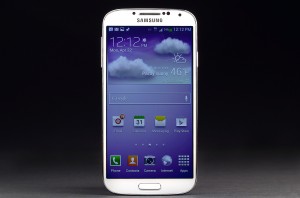In a bold move, Snapchat recently rejected Facebook’s $3 billion all-cash acquisition offer and also stated that it will not consider any acquisitions or investments until next year. Despite not making any profit, Snapchat co-founder and CEO, Evan Spiegel, is holding out for even higher valuations next year, when he expects the number of users to increase. However, Spiegel is taking a big risk betting that Snapchat will become more valuable. Groupon, a mobile app for businesses to offer coupons to customers, turned down a $6 billion offer by Google in 2011; now, the company’s stock price is sliding, and is worth less than $3 billion.
By offering this enormous sum of money, Facebook deems Snapchat to be a threat to the social networking site. As mentioned in David Zhang’s blog post, “Move Aside Facebook”, many users have turned to other media sharing apps such as Vine, WeChat, WhatsApp in lieu of Facebook. For Facebook to remain atop social media, Zuckerberg should not be too concerned with these other smaller media-sharing apps. They should instead stay focussed on strengthening their own business model and revenue streams. If Facebook can further expand its online empire, then it would have the power to buy out any media-sharing app and prevent any serious threats to their company.
= 3 x
CNN Analysis on Snapchat’s Rejection (Courtesy of CNN)
https://www.youtube.com/watch?v=z32kACU21CM
Sources:
Brustein, Joshua. “Snapchat’s $3 Billion Rejection and the Great Facebook Unbundling.”BloombergBusinessweek. BloombergBusinessweek, 13 Nov. 2013. Web. 14 Nov. 2013. <http://www.businessweek.com/articles/2013-11- 13/snapchats-3-billion-rejection-and-the-great-facebook-unbundling#r=read>.
Zhang, David. “Move Aside Facebook.” David Zhang’s Blog. UBC Blogs, 13 Nov. 2013. Web. 15 Nov. 2013. <https://blogs.ubc.ca/zhangatan/>.















